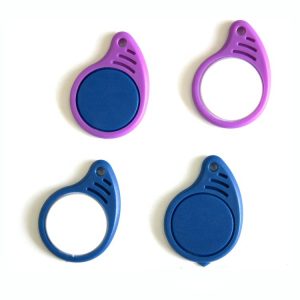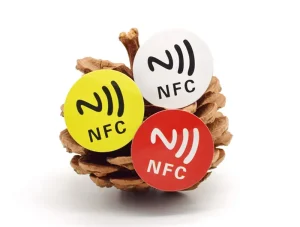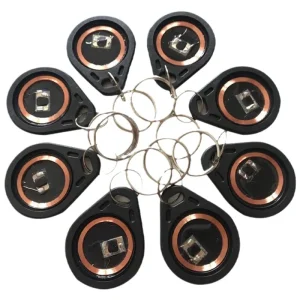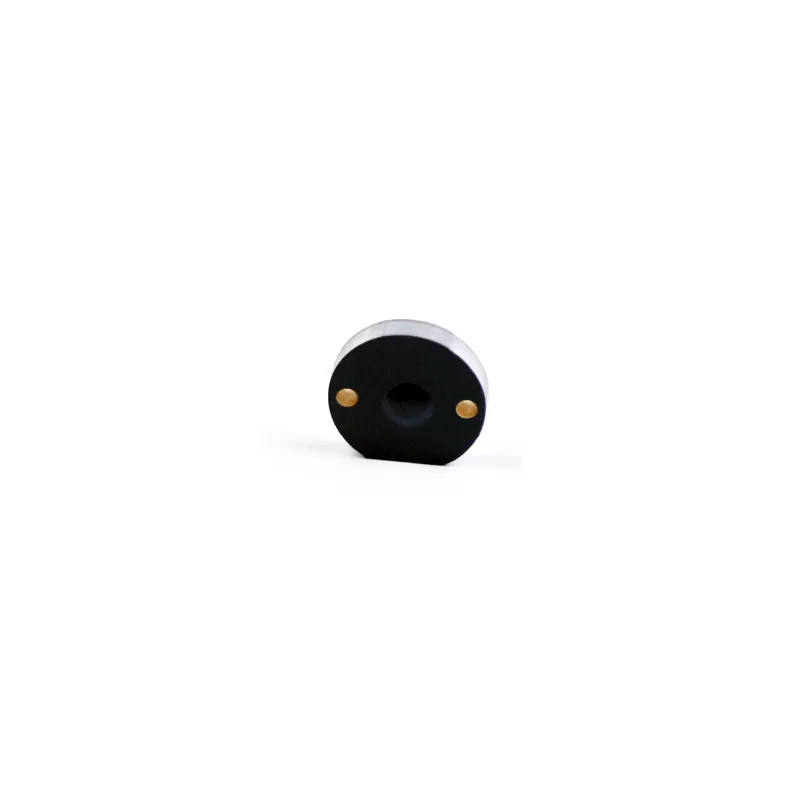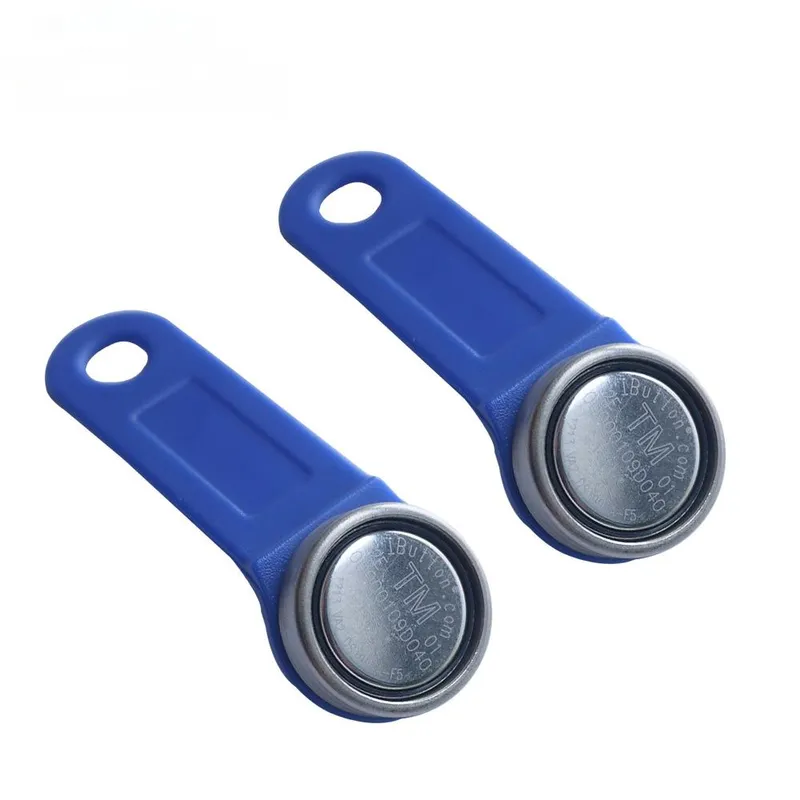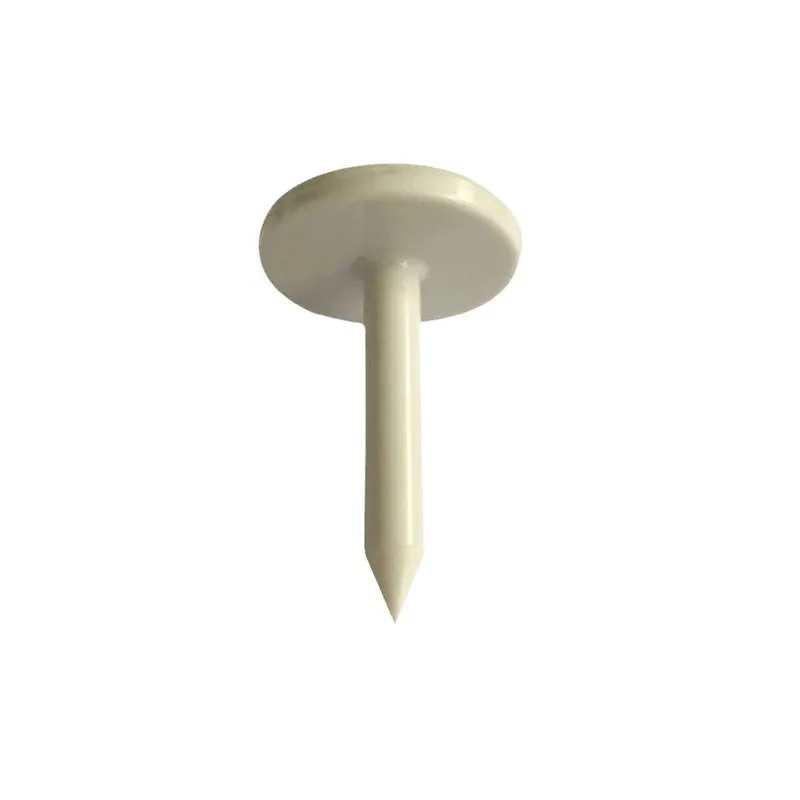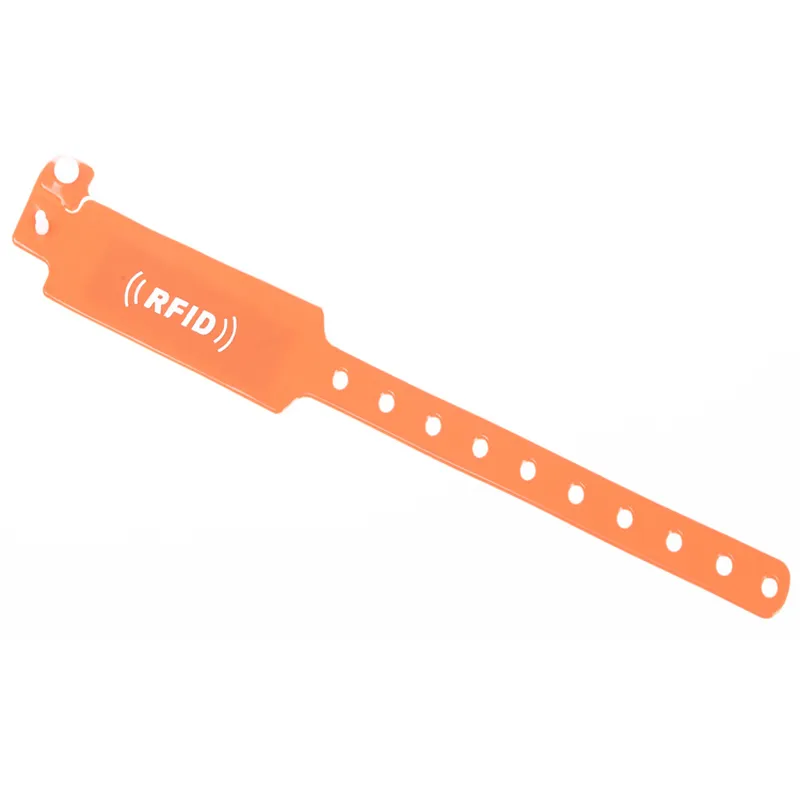RFID Bird Ring
CATEGORIES
Featured products
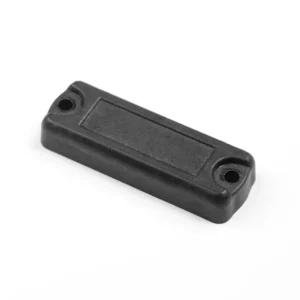
Long Distance UHF Metal Tag
The Long Distance UHF Metal Tag is an RFID tag…
Industrial RFID Tracking
Industrial RFID Tracking RFID Protocol: EPC Class1 Gen2, ISO18000-6C Frequency:…
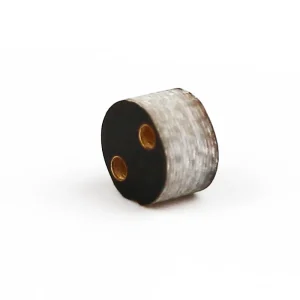
RFID On Metal Tag
RFID Protocol: EPC Class1 Gen2, ISO18000-6C Frequency: (US) 902-928MHz, (EU)…
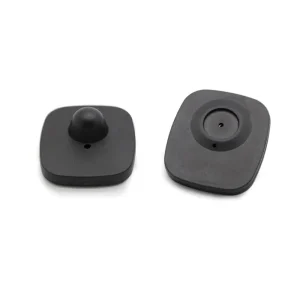
Anti Theft EAS Hard Tag
The Anti Theft EAS Hard Tag is a device used…
Recent News
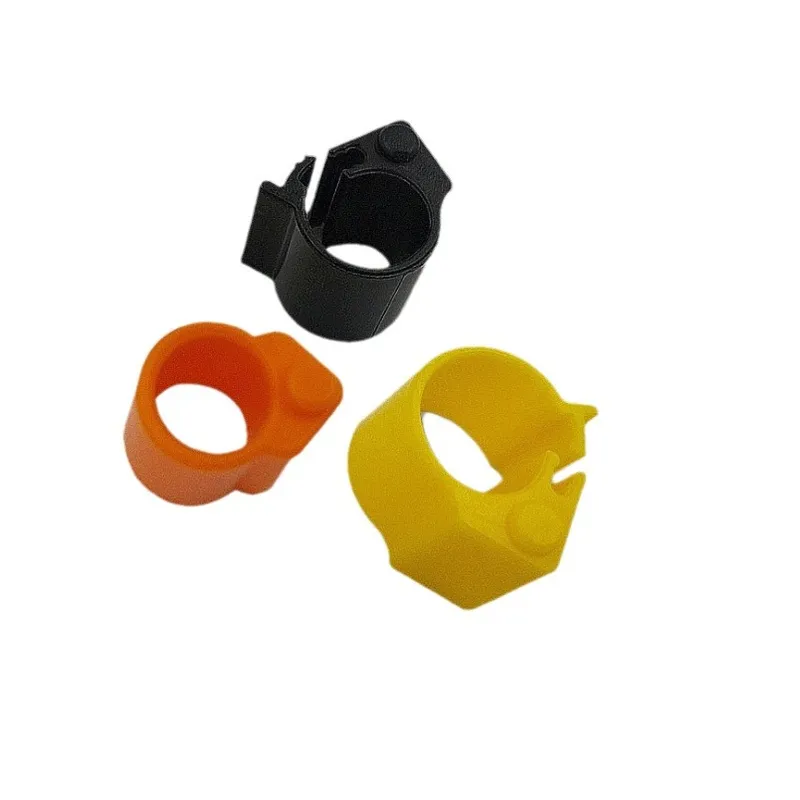
Short Description:
RFID Bird Rings are passive RFID tags that record the unique identification and time of a bird’s visit to an RFID feeder. They work in the -40°C to 80°C temperature range and are ideal for tracking and scientific testing on various poultry and birds. RFID pigeon leg bands help breeders manage their poultry, reduce losses, and track the survival of study populations over time. They are also used on chickens, other birds, and cattle.
Share us:
Product Detail
RFID Bird Ring are fastened to leg bands; every bird has a unique tag, and the bird’s identification, as well as the time and date of the visit, are logged each time a tagged bird visits an RFID feeder. These passive RFID bird tags, which work in the -40°C to 80°C temperature range, are ideal for tracking and scientific testing purposes on a variety of poultry and birds. They are available in frequencies of 125 KHz and 13.56 MHz. Furthermore, this RFID ring may be used for additional uses where a waterproof RFID ring form factor is necessary.
An RFID racing pigeon leg ring’s features
Because they could find their way home, pigeons were used as carrier pigeons in the past. But as telecommunications technology advances quickly in the current day, more individuals are breeding pigeons for contests. Results in these events are influenced by a combination of speed, species, experience, and chance. As a result, raising pigeons requires a significant time and energy commitment from breeders. The more pigeons there are, the more crucial management becomes. Breeders need to give careful thought to a number of factors, including choosing the right breeds of pigeons, assessing which breeds have the best chance of succeeding, and identifying which pigeons are better suited for producing the next generation. Other factors include figuring out how much to feed the birds at different times, maintaining their health, and averting mishaps.
How Poultry RFID Leg Bands Work
Breeders may improve the management of their poultry by using RFID pigeon ID bands. An integrated RFID 125 Khz chip, each with a unique UID number that identifies the pigeon and may encode details like its species, habits, and date of birth, is included in this leg ring. Breeders are able to cure and put pigeons in various cages based on these data. Breeders may minimize needless losses and produce better racing pigeons by using this data and the RFID monitoring technology to more precisely determine how many pigeons are required to prepare for the competition and how many times they can compete.
RFID bird rings have also been successfully utilized on chickens, other birds, and cattle in addition to pigeons. Breeders may record additional vital information, such the name and health condition of each animal, with the use of these RFID tags and RFID systems in addition to tracking the date of birth of each animal. To fulfill the demands of various breeders, there are many different types and forms of RFID tags available, such as cow ear tags, cattle tags, sheep tags, etc., depending on the size and kind of animal.

What information can we get from RFID pigeon leg bands?
RFID provides extremely detailed information about the behavior of our tagged birds. People are using this technology to answer a variety of questions:
What time of day do birds feed?
How is feeding behavior affected by weather or competitors?
How does the location of feeders affect feeding behavior?
How do sex and dominance affect feeding patterns?
People can track the survival of our study populations over time.

![Rfid Tag manufacturer [Wholesale | OEM | ODM]](https://www.fjrfidfactory.com/wp-content/uploads/2024/04/logo.webp)

